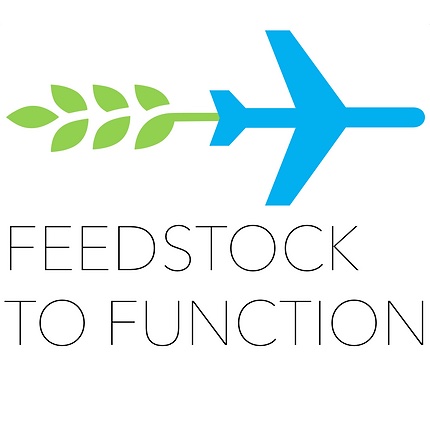Alternative Fuels
 Feedstock to Function tool
Feedstock to Function tool
Funded by DOE's Bioenergy Technologies Office, this project aims to develop the foundation for an adaptive computational tool that predicts bioproduct and biofuel properties for validation and certification, and determines the cost, benefits, and risk of promising new and uncertified pathways and their blending effects. This ‘Feedstock to Function’ tool will incorporate supervised machine learning to predict desired properties of high-potential biobased molecules early in technology validation and certification process. Coupled with a lightweight technoeconomic and life-cycle assessment model, this tool will enable bioproduct and biofuel developers and researchers to streamline bioproduct and biofuel scale-up, overcome experimentally and kinetically derived property bottlenecks, identify cost and emissions bottlenecks, and potentially de-risk investments needed to scale up fuel production for the technology certification process.
Learn more at: https://feedstock-to-function.lbl.gov/
 Turquoise hydrogen generation
Turquoise hydrogen generation
Turquoise hydrogen (hydrogen and carbon black generated through methane pyrolysis with no CO2 emissions) offers the opportunity to meet the country’s increasing energy demands and decarbonization goals, while expanding the hydrogen economy. Hydrogen generation advancements have primarily focused on steam methane reformation (blue hydrogen) and electrolysis (green hydrogen); however, both technologies have limitations that prevent widespread distribution. To cost-effectively produce CO2-free (i.e., zero CO2 emissions) hydrogen and simultaneously overcome distribution challenges, we aim to develop a modular, scalable, and dispatchable turquoise hydrogen system.
